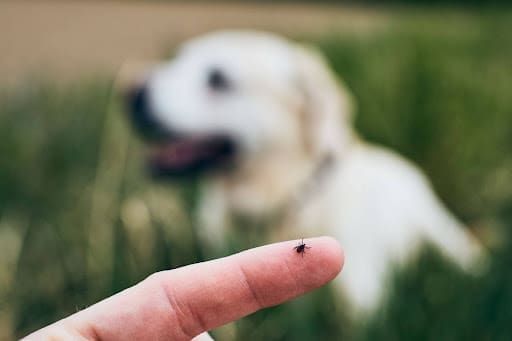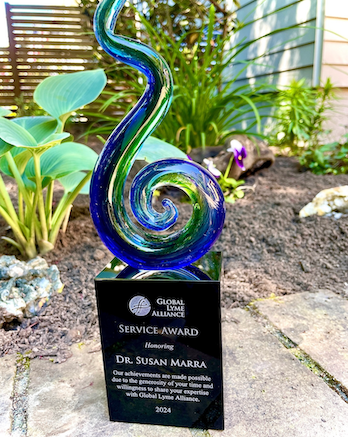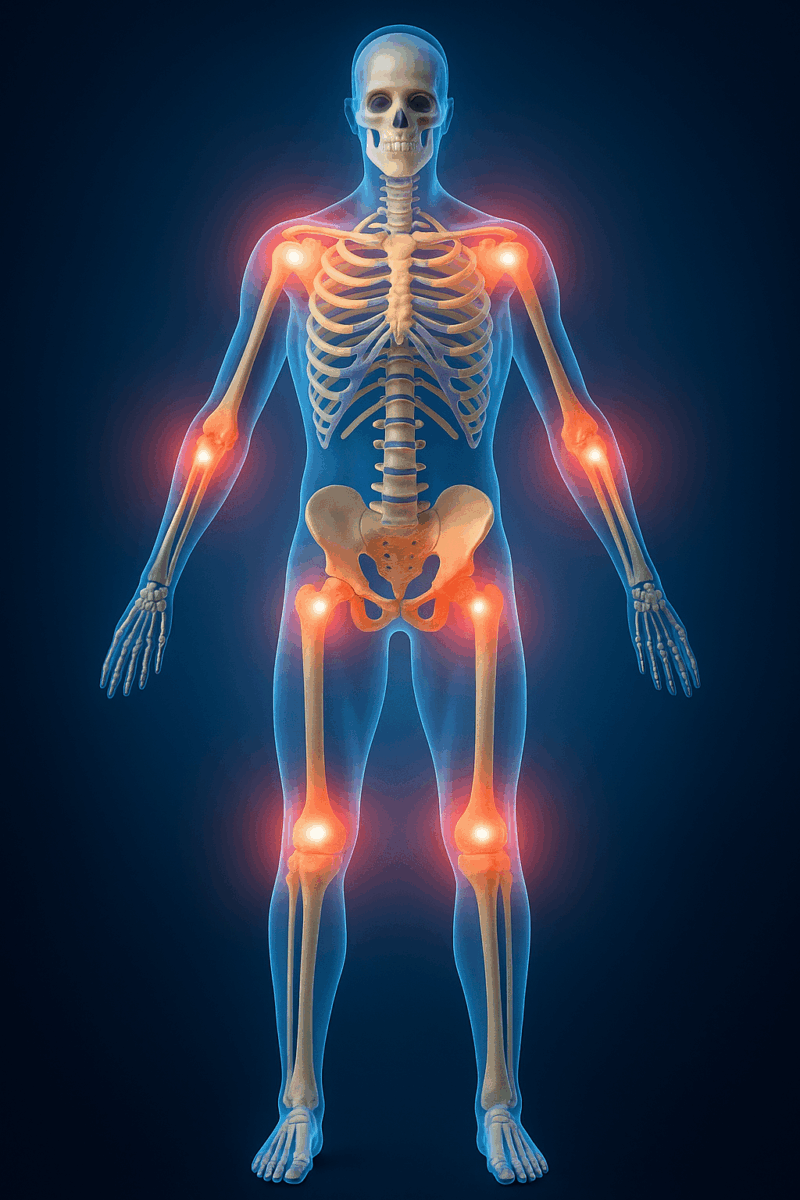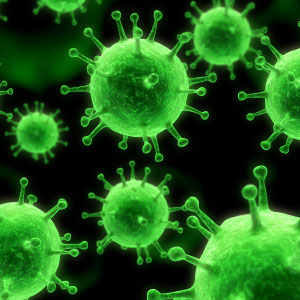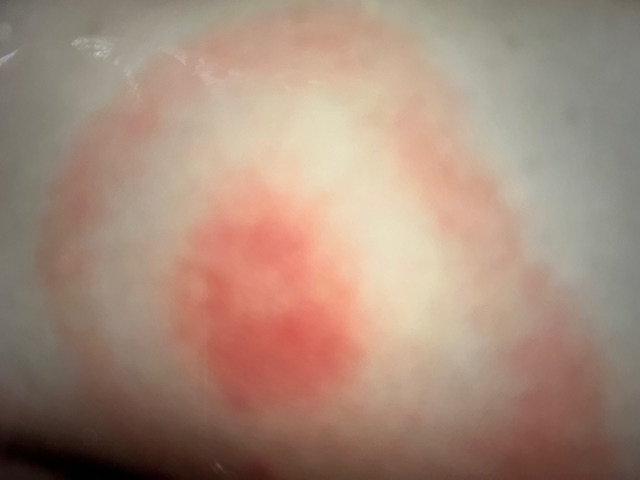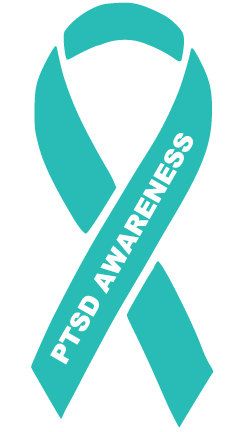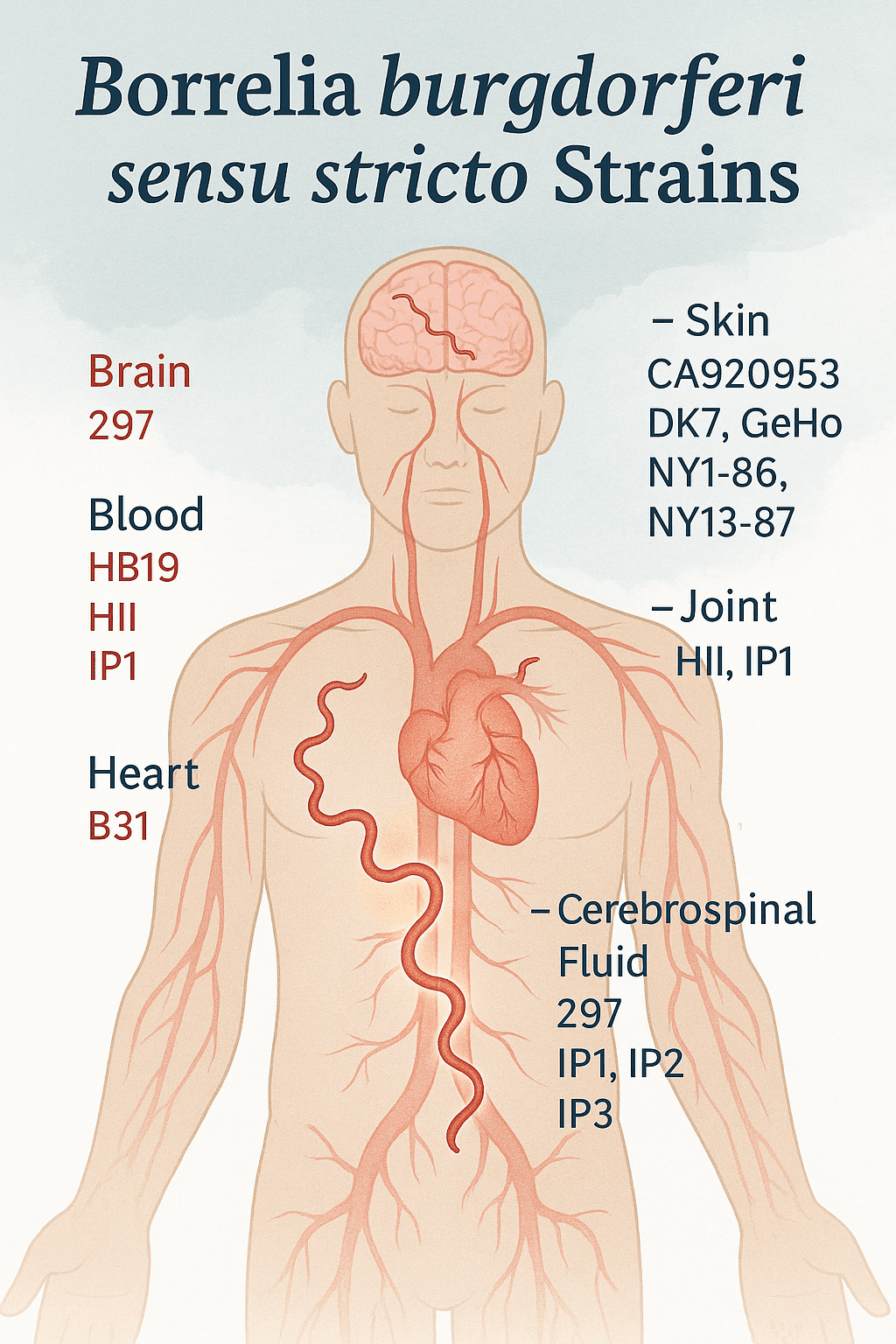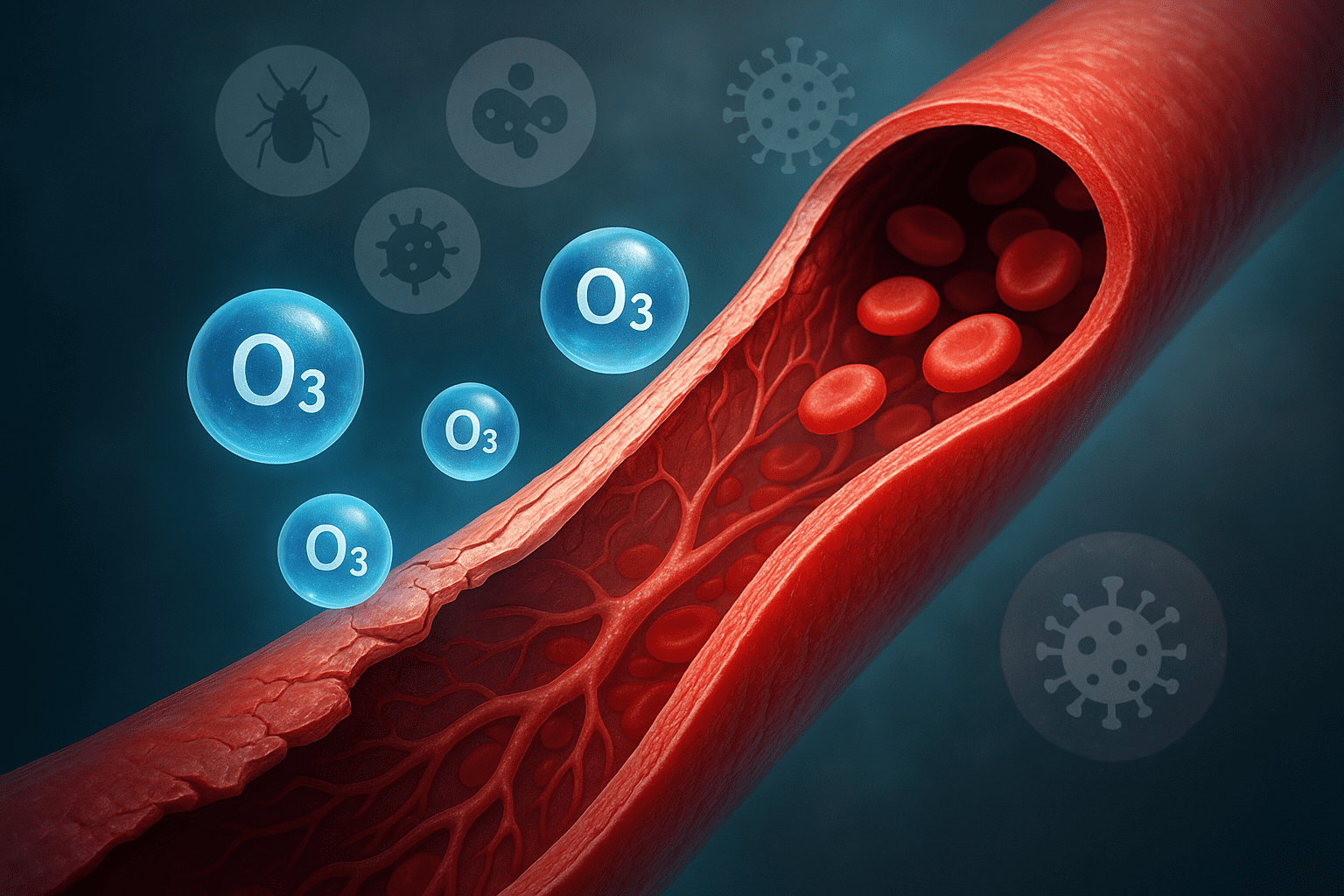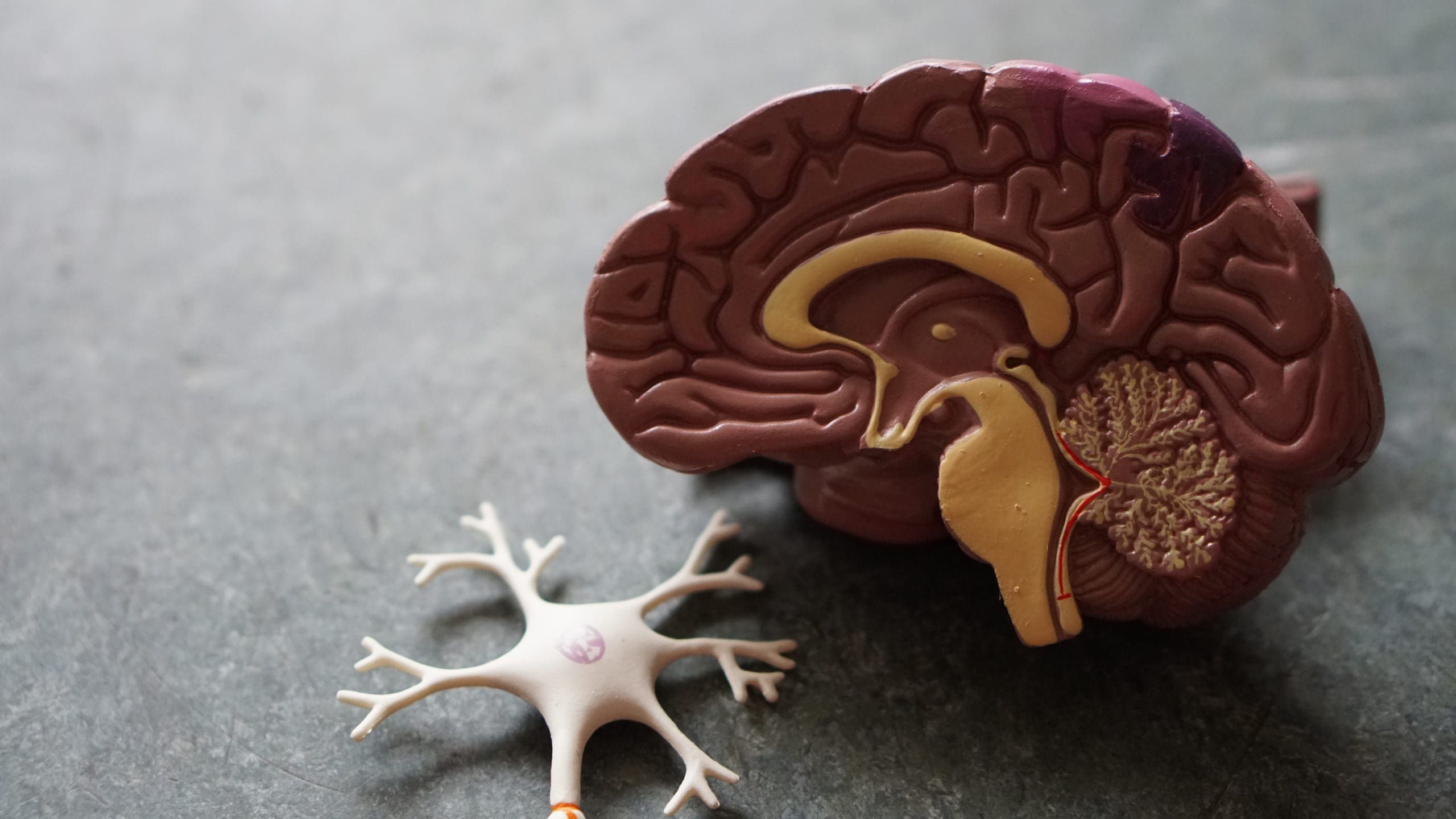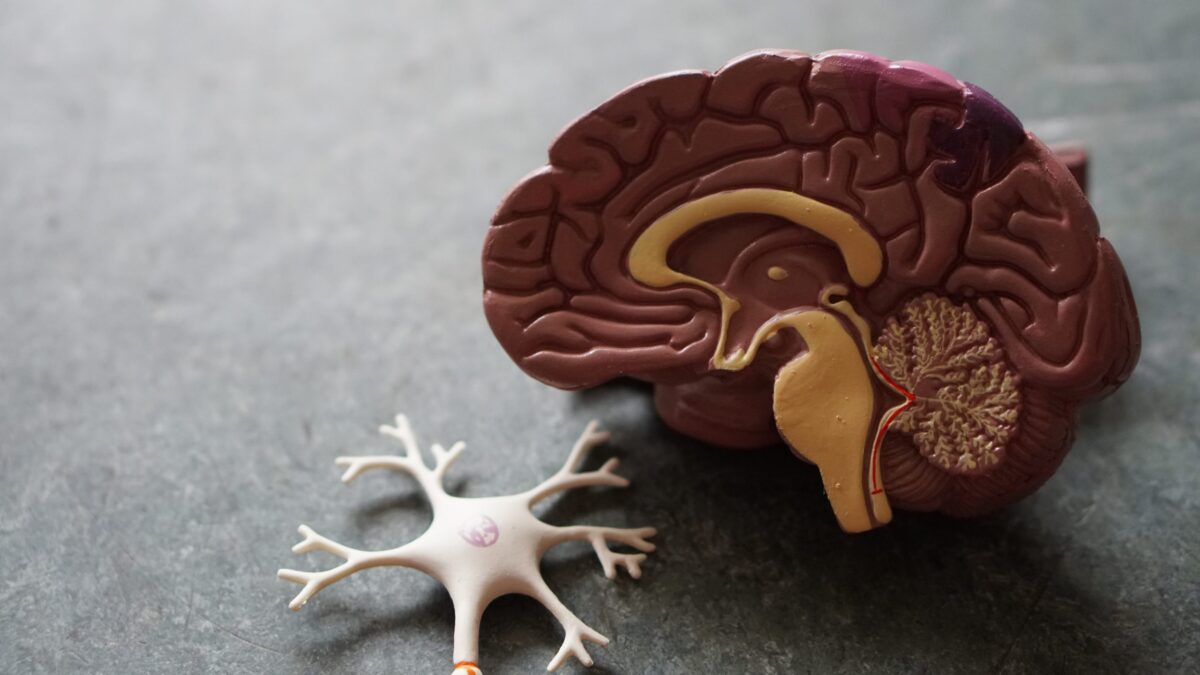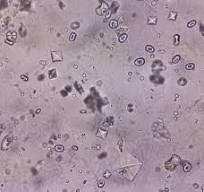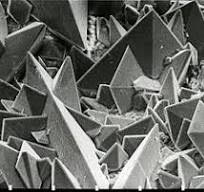Ticks in Summer 2025: What You Need to Know
Climate change is reshaping seasonal patterns, and ticks are thriving because of it. In past decades, summer nights in the Pacific Northwest required fleece jackets. Today, rising temperatures and environmental shifts have extended tick season across the U.S., especially in the summer months. Dr. Marra has experienced a spike in patients firsthand.
Why Ticks in Summer 2025 Are Worse Than Previous Years
According to the CDC, summer 2025 is shaping up to be one of the worst tick seasons on record, particularly on the East Coast. Emergency room visits for tick bites spiked to 283 per 100,000 in May—up significantly from 2024.
A recent Scientific American article explains that warming climates and changing ecosystems are fueling tick population growth and disease spread, including Lyme disease, Babesia, and even alpha-gal syndrome (a red meat allergy).
Meanwhile, a Vax-Before-Travel report notes regional differences, showing some parts of the U.S. may see a drop in bites—but the national trend is still concerning.
Tick Season Is No Longer Seasonal
Ticks used to be active from April to June. Now, due to warmer winters and longer breeding cycles, tick activity extends year-round, especially in southern states. Ticks that once died off in winter now survive and spread diseases continuously.
In places like Connecticut, Lyme disease is so prevalent that nearly every household knows someone affected. And fewer than 10% of patients ever get the classic bullseye rash—many present with full-body rashes or flu-like symptoms.
What to Do If You’re Bitten by a Tick
- Remove the tick carefully with tweezers—pull straight out.
- Do not touch the bite site.
- Save the tick in a sealed bag.
- Call your doctor immediately for preventive antibiotics.
- For testing, contact IGeneX at 800‑832‑3200 for a tick test kit.
Tips to Prevent Tick Bites in Summer
- Avoid tall grass, leaf litter, and bushy areas.
- Wear permethrin-treated clothing or use repellents with DEET or Picaridin.
- Natural alternatives: essential oils like eucalyptus, lemon balm, or cedarwood.
- Do daily tick checks, especially behind knees, in armpits, and along hairlines.
- Put clothing in the dryer on high heat after spending time outdoors.
Worried about Ticks in Summer or Possible Lyme Disease Symptoms?
This year, ticks in summer are more than a nuisance—they’re a serious health risk. Don’t delay—early evaluation and treatment are key to preventing long-term complications. Dr. Marra provides expert, compassionate care for tick bites and tick-borne illnesses, including Lyme disease, Babesia, Bartonella, and more. If you’ve been bitten or are experiencing unexplained symptoms, call us today at 206-299-2676 to schedule an appointment.
More Resources
- Why Ticks and Lyme Disease Are Soaring This Summer – Scientific American
- Unusual Tick Season in 2025 – Vax Before Travel
Read more of Dr. Marra’s blogs and explore trusted patient resources to stay informed, protected, and proactive this tick season.
Disclaimer: This article is for informational purposes only. It is not a substitute for medical advice. Always consult your healthcare provider for diagnosis or treatment.

